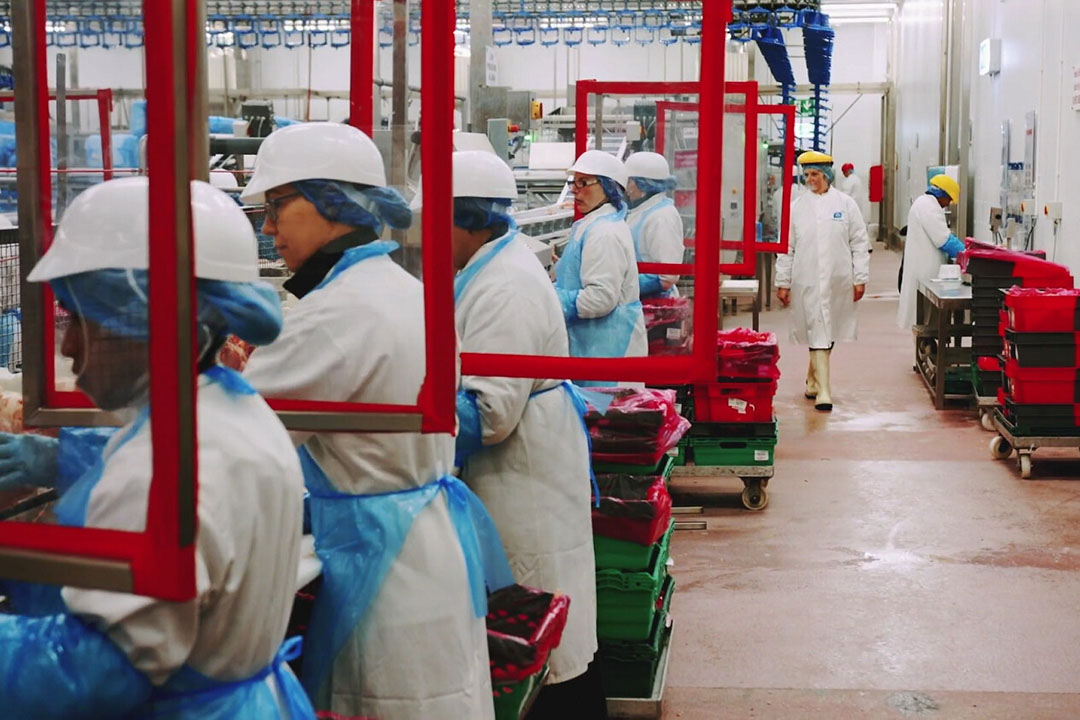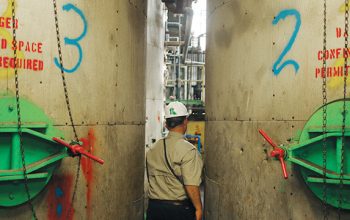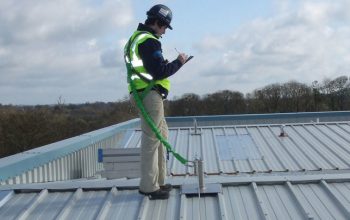Risk Of Exposure To Covid-19 Among Meat And Poultry Processing Workers
Workers involved in meat and poultry processing are not exposed to SARS-CoV-2 through the meat products they handle. However, their work environments – processing lines and other areas in busy plants where they have close contact with coworkers and supervisors – can contribute substantially to their potential exposures. The risk of occupational transmission of SARS-CoV-2 depends on several factors. Distinctive factors that affect the risk of worker exposure to SARS-CoV-2 in meat and poultry processing workplaces include:
Distance Between Workers – Meat and poultry processing workers often work close to each other on processing lines. Workers may also be close to each other at other times, such as when checking in or out, during breaks, or in lockers / changing rooms.
Duration of Contact: Meat and poultry processing workers often have prolonged closeness to their co-workers (for example, 10 to 12 hours per shift). Continued contact with potentially infectious people increases the risk of transmission of SARS-CoV-2.
Contact type: Meat and poultry processing workers can be exposed to the infectious virus through airborne respiratory droplets, for example when plant workers who have the virus cough or sneeze. Exposure may also occur from contact with contaminated surfaces or objects, such as tools, workstations, or break room tables. Shared spaces such as break rooms, changing rooms, and facility entrances / exits can contribute to your risk.
Other distinctive factors that can increase risk among these workers include a common practice in some workplaces of carpooling, such as rideshare vans or shuttle vehicles, car pools, and public transportation; frequent contact with coworkers in community settings in areas where community transmission is ongoing.
Create a COVID-19 assessment and control plan
A qualified workplace coordinator must be identified who will be responsible for the assessment and planning of COVID-19 control. All workers at the facility should know how to contact the coordinator identified with any COVID-19 concerns. Infection control and occupational health and safety plans should apply to anyone who enters or works in the plant (for example, all facility workers, contractors, and others).
Facility management must communicate with state and / or local public health officials and occupational health and safety professionals and establish ongoing communications to ensure they are obtaining relevant and up-to-date information on COVID-19. Coordinators and workplace management must also know and follow all applicable regulations and public health agency guidelines.
The assessments of the workplace to identify risks COVID-19 and prevention strategies should be performed regularly as part of a sound occupational health practice and public health. As part of these assessments, facilities should consider the appropriate role for workplace contact tracing and testing (identification of person-to-person spread) of COVID-19 positive workers in a risk assessment in the workplace. workplace, following available guidance.
Control
Occupational infection prevention recommendations are based on an approach known as a hierarchy of controls . This approach groups actions according to their effectiveness in reducing or eliminating hazards. In most cases, the preferred approach is to eliminate a hazard or processes; install engineering controls; and implement proper cleaning , sanitation, and disinfection practices to reduce exposure or protect workers. Administrative controls are also an important part of a prevention approach in these workplaces.
Engineering controls
Set up community work environments so workers are at least six feet (approx. 2 meters) apart, if possible. Current information on the asymptomatic spread of SARS-CoV-2 supports the need for social distancing and other protective measures within a meat and poultry processing work environment. Changes in production practices may be necessary to maintain adequate distances between workers.
Modify the alignment of workstations, including along processing lines, if possible, so workers are at least six feet apart in all directions (for example, side-to-side and facing each other). forehead), when possible. Ideally, you should modify the alignment of the workstations so that workers are not facing each other. Consider using markings and signs to remind workers to keep their location at their station away from others and to practice social distancing at breaks.
Use physical barriers, such as strip curtains, Plexiglas, or similar materials, or other waterproof partitions or partitions, to separate meat and poultry processing workers, if possible.
Facilities should consider consulting with a heating, ventilation, and air conditioning engineer to ensure adequate ventilation in work areas to help minimize potential worker exposures.
If fans are used as pedestal fans or rigid-mount fans in the facility, take steps to minimize air from the fans that blow from one worker directly to another worker. Personal cooling fans should be removed from the workplace to reduce the possible spread of airborne or aerosol viruses. If fans are removed, employers must be aware of the dangers of heat and take steps to prevent them.
Place hand washing stations or hand sanitizers with at least 60% alcohol in various locations to encourage hand hygiene. If possible, choose non-contact hand sanitizer stations.
Add additional entry / exit clock stations, if possible, that are spaced apart, to reduce overcrowding in these areas. Consider alternatives such as non-contact methods or staggered times for workers to enter / exit.
Remove or rearrange chairs and tables, or add partitions to tables, break rooms, and other areas that workers may frequent to increase worker separation. Identify alternative areas to accommodate the overflow volume, such as training and conference rooms, or the use of outdoor tents for break and lunch areas.




